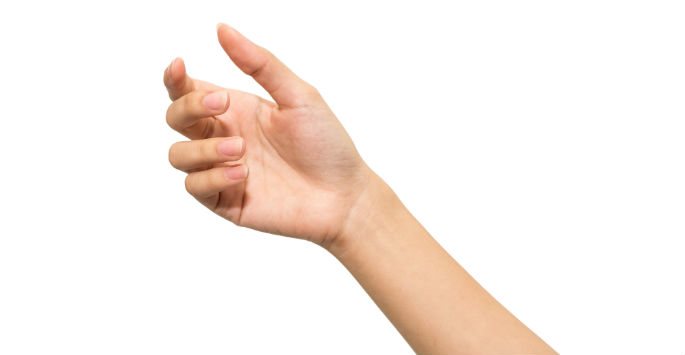Dupuytren’s syndrome or Dupuytren’s contracture occurs when scar tissue forms around the tendons that control key finger movements. It typically affects the tendons just beneath the palm of the hand and can make flexing the connected finger or fingers incredibly difficult. As this condition progresses and scarring becomes worse, thickening of the tissues and surrounding fascia will become evident at the surface of the skin by causing the dermis to dimple and pucker. Over time, people can lose the ability to extend their fingers fully, which can, in turn, result in diminished fine motor control, among other functional problems. In rare instances, Dupuytren’s contracture can even develop in other areas where it will affect movement within the feet, or various facial muscles.
The Causes and Symptoms of Dupuytren’s Syndrome
It often takes years for Dupuytren’s contracture to progress. For some people, however, the progression to noticeable surface puckering and severely limited finger movement happens at a much more rapid rate. Sadly, the exact cause of Dupuytren’s syndrome is currently unknown. It does, however, tend to be most common among those with seizure disorders like epilepsy, diabetes mellitus and long-term problems with alcoholism.
It can also be an inherited issue. Patients with parents or other close relatives who suffer from Dupuytren’s contracture tend to have a higher likelihood of developing this syndrome than others, particularly when genetic predisposition is paired with other risk factors. According to research, this disorder is most common in men of Northern European descent who are 50 years of age and older.
While any one of the fingers can be affected by Dupuytren’s syndrome, scarring that impacts the movement of the pinky finger and the ring finger is most common. Some of the early symptoms of this ailment include a small, painless lump at the outer portion of the palm, and the gradual stiffening of the associated fingers. Without intervention, these developments are invariably followed by a noticeable decrease in range of motion. These symptoms are also accompanied by surface evidence of the underlying scarring, given that severe scarring will often cause the skin to dimple and pucker across the affected portion of the palm.
Treatment for Dupuytren’s Contracture
Certain solutions can be injected into the affected area to slow or even reverse the accumulation of scar tissue that’s associated with Dupuytren’s syndrome. This contraction is ultimately the result of an abnormal build-up of collagen within the tissue that lies just beneath the skin on the palm. Injectable treatments may be capable of disrupting the chemical structure of this collagen, thereby breaking it down. As with all progressive ailments like this one, however, the prognosis for treatment outcomes is always best when the problem is identified and addressed in a timely fashion. As such, if you have a family history of this condition or have any other known risk factors, you should seek immediate attention from a licensed professional as soon as any abnormalities in the palms or the skin on top of your palms is identified.
If you are suffering from Dupuytren’s syndrome, our trusted doctor can provide you with the proper treatment plan for your needs at Arora Hand Surgery, located in Howell, Warren, Macomb, and West Bloomfield. Contact us today to schedule your consultation and learn more.













